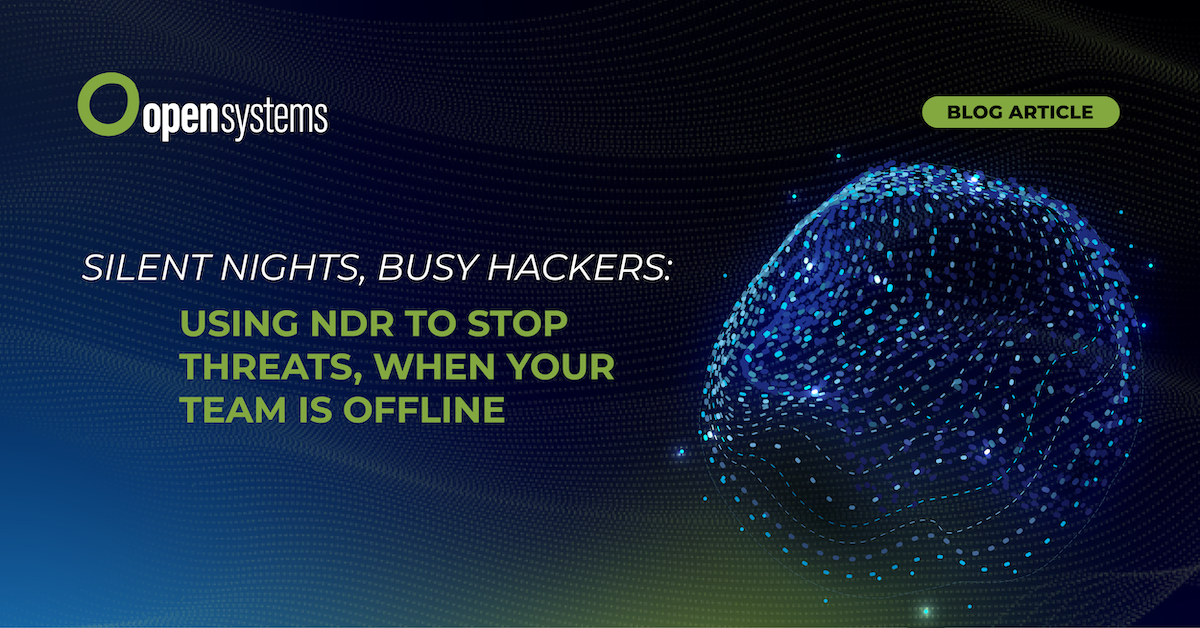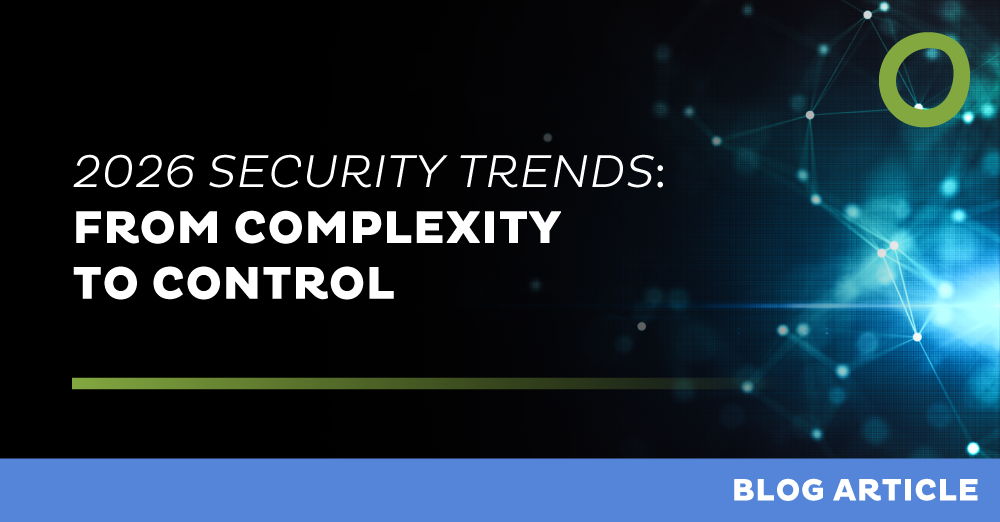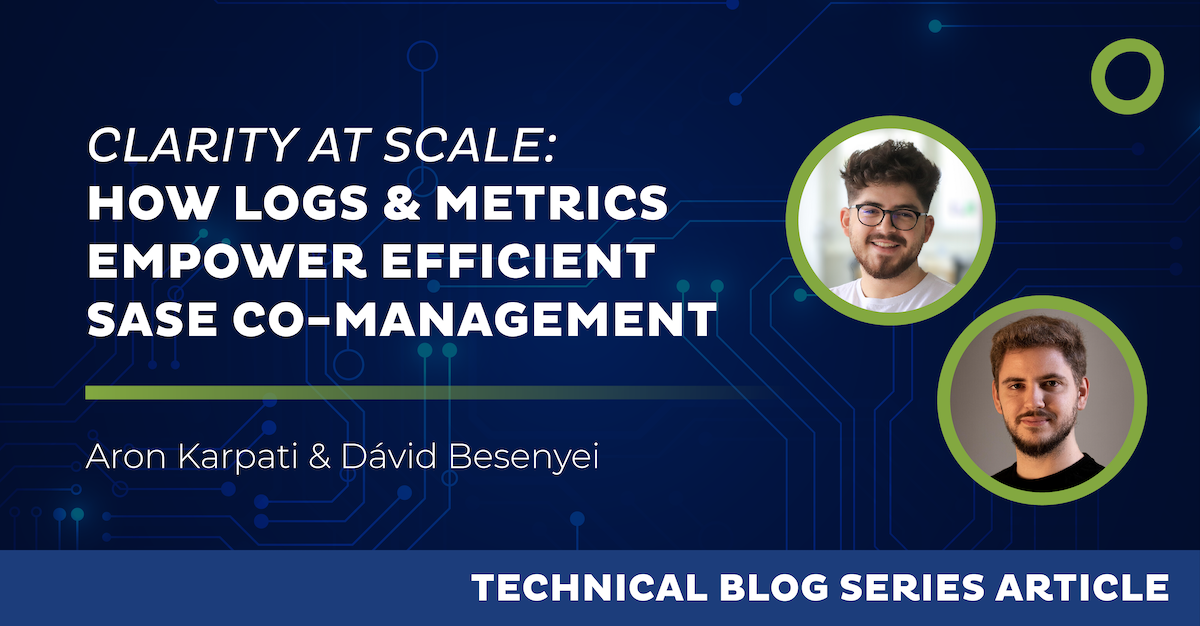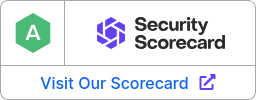
Everything You Need to Know about Zero Trust Architecture
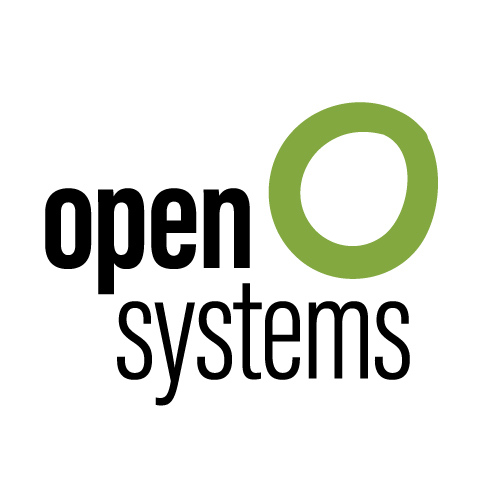

Zero trust architecture has risen in cybersecurity relevance over the last stint of time, especially as work becomes more remote, data becomes more digitized, and processes become more cloud-based. This kind of digital security model helps protect information from both malicious and accidental security breaches, which is a growing priority for organizations everywhere. Without constant and reliable security, companies leave their business vulnerable to cybercriminals and other threats that can cause irreparable damage.
For companies that want to improve their security while keeping their business as efficient as possible, there are key components and functions one must consider to have the best results. Read on to learn about zero trust architecture and how modern businesses use it to proactively protect their people and data.
What Is A Zero Trust Architecture?
Zero trust architecture is a digital security model that requires all users and devices to be authenticated and authorized continuously in order to access information, applications, and data. Such authorization limitations apply to users inside and outside of an organization to prevent both intentional or unintentional breaches in a network. Essentially, a zero trust network always assumes that the network faces hostile threats, both internal and external.
Remote work, hybrid-cloud resources, and other business communication practices that rely on connectivity are bringing zero trust architecture to the front of cybersecurity. Especially as digital transformation sweeps the workforce and business worldwide, companies must have secure networks and internet access to competitively perform at scale. This architecture uses tools and principles like Zero Trust Network Access (ZTNA), which makes it possible for devices and other endpoints to remain secure, even spread across multiple locations used by dozens of different people. This helps businesses stay productive, efficient, and most importantly, safely connected.
How Zero Trust Architectures Work
A zero trust architecture framework uses modern technology to identify and verify users and systems that seek to access a network or other data endpoint. Such technology includes multi-factor authentication, next-generation endpoint security, and cloud workload technology, all of which protect endpoints like the cloud, email, encrypted data, and a myriad of other potential targets. A zero trust network is designed to:
- Log and inspect all network traffic of an organization
- Limit and monitor access to the network
- Continuously verify network assets
You may be wondering how this type of security is different from others, and while there are other ways to protect your data, a zero trust system cuts out as much risk as possible by rejecting the idea of “trust by verify.” It’s easy to want to trust users and even commonly used devices—this often appears to be more convenient, too. But this mindset leaves more room for human error at best and severe intentional damage or leakage at worst.
A zero trust system removes the risk by assuming all devices or users need to be authenticated before accessing sensitive systems or data, no matter how trustworthy the user or convenient the device is. What makes zero trust so appealing is how it actively authenticates and verifies without slowing down connectivity or workflow. The right system will also enforce specific procedures that protect your security, such as creating accounts with different levels of accessibility according to your role and authority in an organization.
With the important task of ensuring that all users or applications are safely supporting an IT infrastructure, zero trust architecture prioritizes real-time insight into every participant’s or ecosystem component’s status, such as factors like:
- Geological location
- User ID & type
- Credentials
- Endpoint hardware
- Software and firmware updates
- Installed applications on the endpoint
- Risk mitigation through monitoring and other security detectors
- Behavioral patterns in users
If you want to learn more about the basic groundwork of zero trust, download the Zero Trust Architecture in 3 Minutes guide.
Who Should Consider Zero Trust?
- The security landscape is evolving rapidly, and with it, the challenges organizations face in maintaining robust cybersecurity measures. In this dynamic environment, the question arises: Who should consider implementing a zero trust framework? Let’s delve deeper into specific scenarios where adopting this forward-thinking security model becomes less of an option and more of a necessity.
- Obliged to Uphold Industry Compliance: If your organization processes, stores, or transmits sensitive data such as financial records, healthcare information, or personally identifiable information (PII), you’re likely subject to industry compliance regulations like GDPR, HIPAA, or PCI DSS. A zero trust framework’s granular control over data access and continuous monitoring make it easier to meet these rigorous standards, thereby reducing your risk of non-compliance and the hefty fines that can accompany it.
- Distributed Workforce: The days of a centralized workforce tethered to a single office location are becoming increasingly rare. With remote work on the rise, employees are accessing organizational resources from various locations, often using personal devices. This distribution poses a unique set of challenges to traditional security models, which are not designed for this level of complexity. Implementing a zero trust framework ensures that each touchpoint in this diversified landscape is authenticated and continuously monitored, thereby keeping potential security breaches at bay.
- Complex Cloud Environments: If your organization leverages a multi-cloud or hybrid-cloud infrastructure, you’re already aware of the immense benefits and the security challenges that come with it. A single oversight in access control can expose your entire system to vulnerabilities. In such intricate environments, the zero trust framework’s “never trust, always verify” approach offers robust access control measures that are adaptive to the nuances of complex cloud ecosystems.
- High-Stakes Intellectual Property: Organizations that handle proprietary information or intellectual property such as patents, designs, or software codes, have even more to lose in the event of a security breach. Zero trust secures your crown jewels by micro-segmenting access and enforcing multi-factor authentication, ensuring that only the right people have access to highly sensitive information.
- Dynamic Business Partnerships: If your business model involves collaborations with third parties like vendors, suppliers, or freelancers, the security risks multiply. Each external entry point into your network could potentially be exploited. The zero trust framework manages this risk by enforcing strict access controls, even for third-party users, thereby limiting your exposure to potential external threats.
Why Businesses Need Zero Trust Architecture
Most organizations would benefit from using a zero trust architecture, but your company or organization should more seriously consider zero trust if some of the following scenarios apply to them.
- Hybrid data management. If you use a multi-cloud, hybrid, or multi-identity system, you need a zero trust architecture to protect your internet-dependent data. The more access control you have over cloud and container systems, the better.
- Industry compliance. If your business could be completely ruined by failing to follow compliance protocol, a zero trust model can help reduce that risk to your business.
- Remote work environments. If you have a distributed workforce, your employees need the structure of a zero trust system to prevent data breaches that happen outside of a stationary office.
Key Components of a Zero Trust Architecture
There are three zero trust principles that make this type of architecture successful, which are user authentication, device authentication, and trust. At the very least, a reliable zero trust architecture should have the following components to ensure that those three elements are implemented.
- Identity management. To have a reliable monitoring system, all devices, applications, endpoints, and users need to be identifiable with a strong authentication process.
- Manage data. Organizing or classifying data is the first step to protecting data, along with data encryption and other security measures.
- Device, network, and endpoint visibility. All endpoints must be carefully monitored, especially when granting (or denying) access to a network.
- Analytics. The more you can document patterns and understand the behavior of users, the safer a company can behave.
- Automation and other tools. When specialists can hand off security monitoring to advanced and trustworthy automation systems (and other similar tools), the faster and more accurate threats tend to be handled.
The Benefits of Choosing Zero Trust Architecture
Remember: this type of security is meant to reduce business and organizational risk, grant organizations better visibility and control, and ultimately prevent data breaches that otherwise interfere with your business initiatives. More specifically, a zero trust model provides benefits like:
- Protecting identifiable personal information
- Protecting intellectual property
- Protecting financial information
- Improving connectivity without putting data at risk
- Reinforcing safe data and device use among employees
- Having proactive tools that manage threats when they do arise
- Enjoying better network performance and troubleshooting
- Using simplified but advanced logging and monitoring tools
- Having faster breach detection and response times
Zero Trust, Zero Worry
With a zero trust architecture built into your business, your organization will be more productive, minimize risk, and grow seamlessly with the age of digital transformation. Looking to learn more about zero trust? Our Zero Trust Network Access (ZTNA) product and SASE experience provide secure access to anyone, anywhere while protecting your network.
The more trustworthy your system is, the more an organization can trust itself and the people that make their business possible—but it all starts with a professional analysis.
Contact Open Systems to gain greater insight into your network and discover optimization solutions today!
Leave Complexity
Behind
To learn how Open Systems SASE Experience can benefit your organization, talk to a specialist today.
Contact Us

